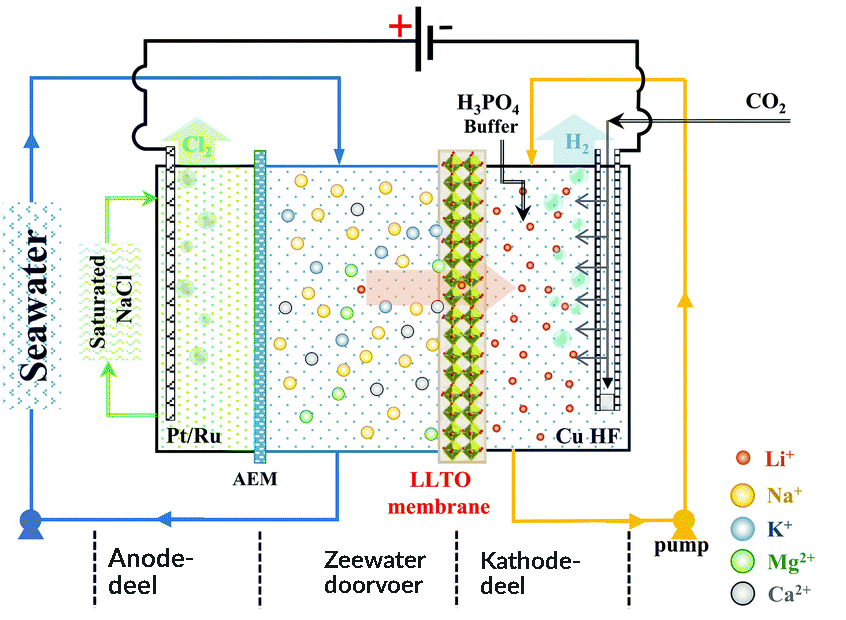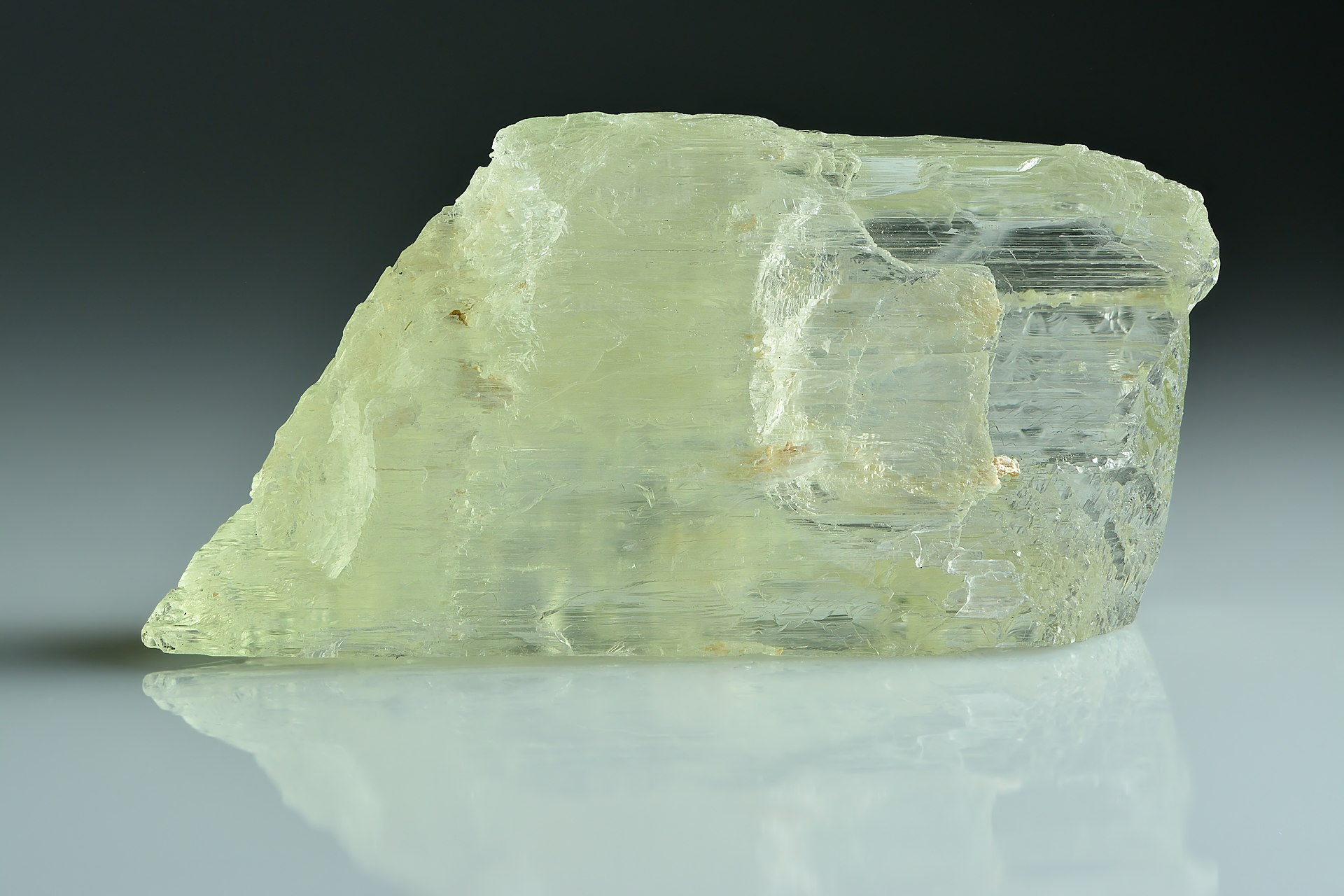“Lithium deficiency” is fairy tale – Apparata
It is true that lithium is very scarce in mines, but the oceans contain many tons per person on earth. Why is the lithium shortage just a result of stupid choices? You can read the answer to this question in this article.
Contents
Lithium shortage: is lithium scarce?
Lithium is not one of the most common chemical elements. That’s a good thing, because lithium is toxic in high doses. There is an average of 20 mg per kilo of rock, the mass of a grain of rice. In the ocean, the concentration is less than one hundredth of this: 0.17 mg per litre. That is the mass of a small grain of salt.
This means that although lithium is quite rare, it is not impossible to find. Lithium is abundant in certain places, because this very light and mobile element is concentrated when salt pans dry up. There are also rocks, such as spodumene, which contain a lot of lithium. These recoverable reserves on land are limited, depending on the source, between 14 million and about 90 million tons at today’s lithium prices. Hence the concerns about a lithium shortage. Will these prices be ten times higher? Then poorer lithium sources, of which there are many more, will also become extractable.
The ocean, the most abundant source of lithium
The most abundant source of lithium is the ocean. Although the concentration is quite low, lithium in the ocean water is much easier to extract than from the earth’s crust. It’s already dissolved in water, so all we have to do is fish out the dissolved lithium.
Lithium, very special stuff
Fortunately, there are methods for this, because lithium is in many ways a rather extreme element. For example, it is by far the lightest metal. Half of a block of lithium protrudes above the water because its density is only half that of water.
It is also extremely reactive. That is why lithium fires are so difficult to extinguish. Another very useful property is that lithium ions are very small. This allows them to travel easily through the pores between the atoms in certain other solids. The solution to the lithium shortage?
Ocean water ends lithium deficiency
Once we have such a method, ocean water is ideal. You can pump it and once we have fished out the lithium in an environmentally friendly way, we discharge it back into the sea. Lithium has no biological function, so it is not harmful to marine life. Lithium deficiency is therefore not really a problem for life.
The good news is, such a method has been discovered by some Chinese researchers at King Abdullah University of Science and Technology KAUST in Saudi Arabia. The process uses a selective membrane, which allows only the very small lithium ions to leak and other ions not. This membrane consists of the compound lithium lanthanum titanium oxide (LLTO), a ceramic material.

By applying voltage across the membrane, the small, positively charged lithium ions (Li+) leak through the LLTO membrane, while the much larger sodium and magnesium ions remain behind. The oxygen atoms in the crystal lattice form a diamond-shaped hole in some places, through which only the small lithium ions can squeeze. On the other side is a standard anion exchange membrane, which allows the chlorine ions to pass through. Chlorine gas and hydrogen gas are formed as by-products, both highly sought-after raw materials. See diagram.
And the energy costs? Although these are substantial at 76.34 kWh for the enriched lithium solution (from which pure lithium can easily be obtained), in exchange you do get 1 kg of lithium, almost 0.9 kg of hydrogen and 30 kg of chlorine gas. Solar power plants in the Middle East now fetch about 2 cents per kilowatt hour, so you can get lithium for next to nothing, plus free chlorine and hydrogen.
Pilot plant on the Red Sea
Meanwhile, the discovery is being commercialized by the startup Lithium Infinity (Lihytech), which has received a $6 million grant from the university and Saudi mining company Ma’aden. The startup will use that money to build a pilot plant on the Red Sea. There is plenty of space for solar parks in the 2 million square kilometer desert kingdom, so if the pilot project succeeds, it will be a nice new source of income for the Saudis. And mean the end of the lithium shortage. Which is very good news for our energy independence and the stabilization of CO2 levels in the air.
Source
Li, Z., Li, C., Liu, X., Cao, L., Li, P., Wei, R., Li, X., Guo, D., Huang, K.W. & Lai, Z. Continuous electrical pumping membrane process for seawater lithium mining. Energy and Environmental Science 143152-3159 (2021).



